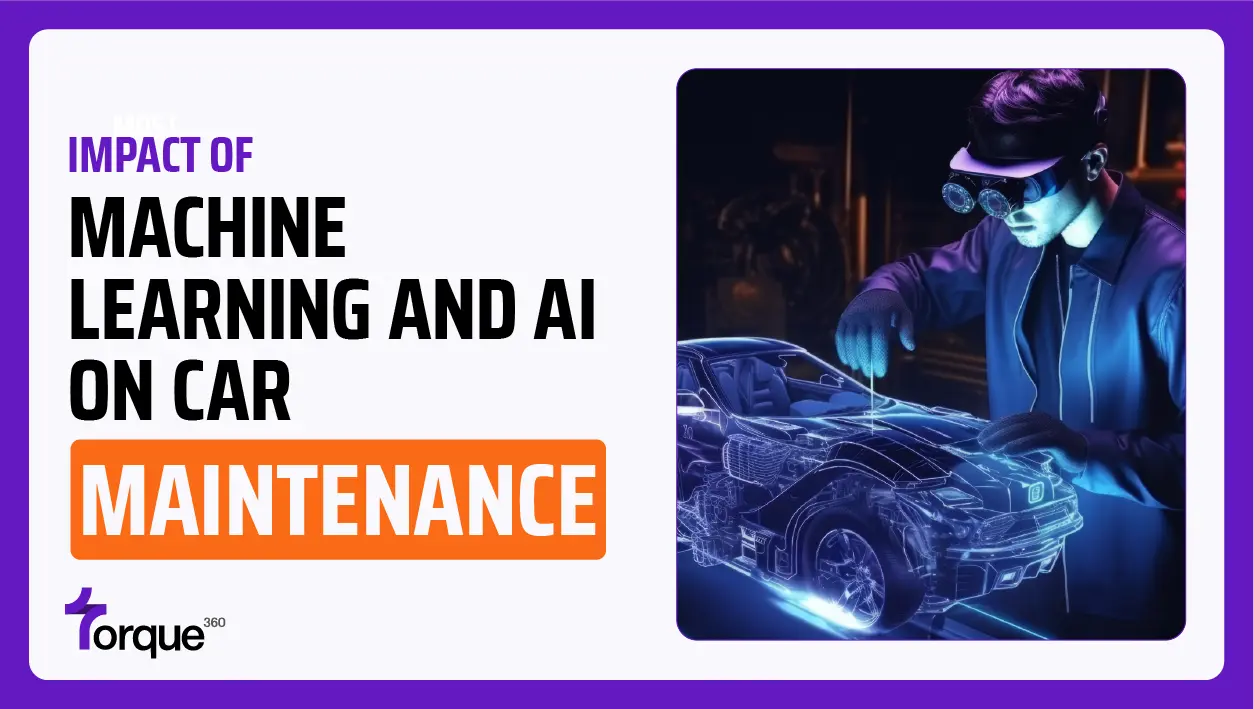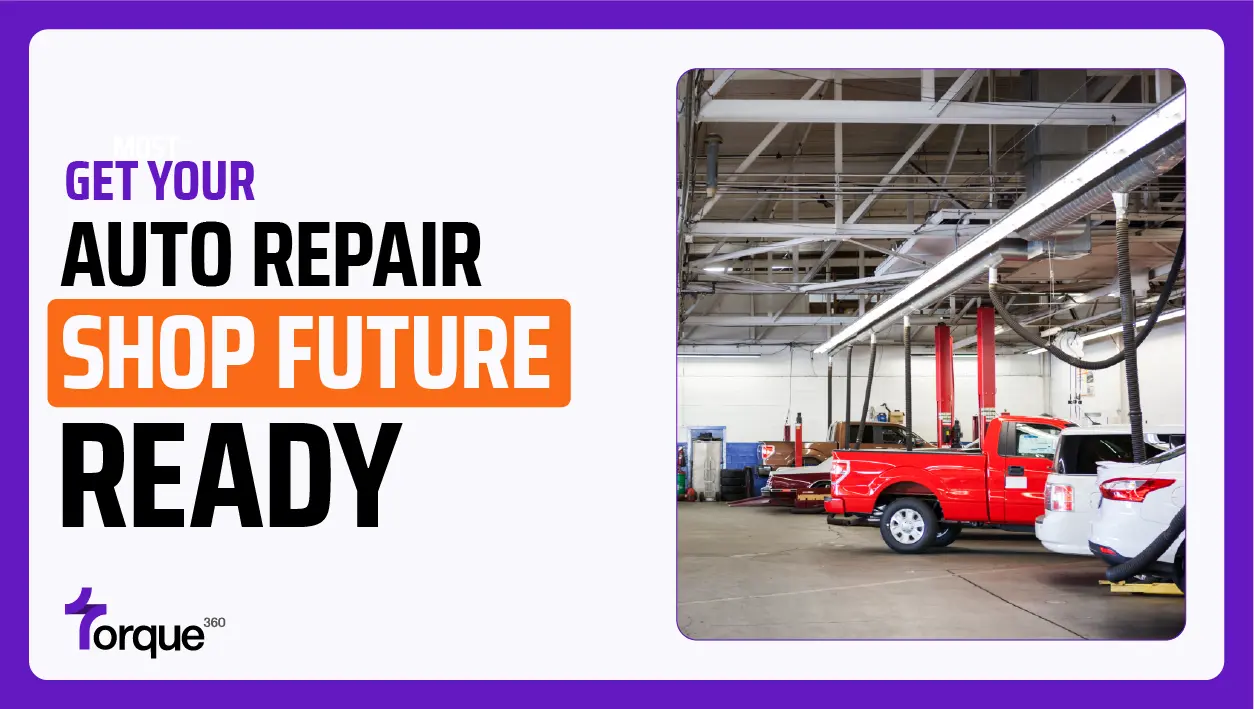It is important for auto repair shops to continue monitoring new development on matters auto electrical repair technology, especially in a fast-changing transport sector The auto electrical repair landscape is currently going through a major shift which has been influenced by among other factors the integration of such new technologies as artificial intelligence (AI) and internet of things (IoT) as well as the coming up of electric/hybrid cars. Moreover, you should also try using auto repair shop management software to stay ahead of the competition.
Below are 5 trends that are defining auto electrical repair.
Advancements in Automotive Electrical System
Technology is changing the automotive world. It is bringing new things every day. This leads to an increase in innovations in the auto repair industry.
Technology has also brought automotive electrical systems. This can highly impact the overall auto repair industry.
Here are some prominent changes in the auto repairs of electrical car systems
- High-voltage systems such as 48 volts or higher are now very common for increased power and efficiency.
- Computer systems, known as Electronic Control Units (ECUs) functions like engine performance, braking, and also climate control.
- Advances in the battery technology have been very important for the success of the electric vehicles.
- Regenerative braking systems can be found in most modern vehicles.
- Advanced Driver Assistance Systems (ADAS) in cars include features such as adaptive cruise control, lane-keep assist, automatic emergency braking, and parking assist.
- Infotainment systems with entertainment, navigation, communication, and vehicle control options are available in today’s automobiles.
- Electric vehicle wireless charging solutions are in development.
Critical Trends in Auto Electrical Repair Technology:
1. Integration of AI and Machine Learning:
Auto electrical repair is also affected by the adoption of machine learning technology and AI. it is because it has introduced the following things:
- Predictive maintenance
- Enhancing diagnostic accuracy
- Optimizing repair processes
The global market for AI in automotive diagnostics is projected to reach $1.3 billion by 2026.
Tools supported by artificial intelligence such as computer vision systems and deep learning algorithms have the capacity to analyze extensive quantities of data in order to recognize any potential troubles before they get worse.
2. Electric and Hybrid Vehicle Repair Solutions:
With the rise of electric and hybrid vehicles in the market, auto repair shops are facing new challenges and opportunities.
Electric vehicle sales are expected to reach 45 million units by 2040.
We need special repair skills and tools for repairing these advanced propulsion systems. Such as upto 1000 volt maintenance training, diagnosis of batteries and electric motor repair. We have to train and certify our technicians so they can do their job safely with electric & hybrid cars.
3. IoT and Connectivity in Vehicles:
The IoT has played a vital role in transforming vehicle diagnostics and maintenance, thanks to connected car technologies like telematics systems and onboard sensors which enable us to monitor our cars’ performance and health status in real-time.
A survey by Gartner found that 80% of vehicles produced in 2022 will be equipped with IoT connectivity.
This connection enables autoshops to remotely identify problems in cars, set dates for inspection and even update vehicle programs over the network.
Utilizing IoT solutions help technicians catch potential issues early, thus lowering repair times and resulting in improved customer service; besides, IoT data-driven preventive maintenance can be used for component longevity of vehicles while also minimizing chances of an expensive fix.
4. Advanced Diagnostic Tools and Software:
The next thing in the auto electric repair is the advanced diagnostic tools. Diagnostic tools and software are assisting the auto repair shops nowadays to make procedures simple and get timely repair works with higher levels of precision being done. With the wireless diagnostic tools, the technicians are able to engage the vehicle systems without actual contact thereby saving on time spent during diagnosis.
A study by Frost & Sullivan found that 72% of technicians believe that wireless diagnostic tools improve their productivity.
From anywhere, personnel can use cloud based data storage to reach automobile diagnostic information which will boost working efficiency via cooperation improvement. Consequently, there is also use augmented reality (AR) technology that will enable them to show on physical devices instructions on how to correct a particular fault thereby making it easier for the technicians when cracks develop.
5. Sustainable and Environmentally Friendly Practices:
As more people become concerned about the environment, car maintenance garages all over the nation adopt measures that reduce pollution. Such measures range from use of nonconventional car parts- electric vehicle recycling, battery reconditioning to proper ways of disposing of dangerous contaminants.
Auto repair shops can reduce their impacts on the environment by prioritizing sustainability and at the same time attract environment-conscious customers who value ecologically friendly practices.
A report by the World Economic Forum found that recycling electric vehicle batteries could reduce greenhouse gas emissions by 2.7 million metric tons per year by 203
Wrapping Up!
With these trends shaping the future of auto electrical repair, repair shops must continue to adapt and invest in technology to remain competitive in an ever-changing landscape. By embracing these advancements and leveraging the power of auto electrical repair, repair shops can position themselves for success in the years to come.






